DIÁRIOS DE CAMPANHA PROPOLAR 2017-18 |
Sara Ramos, Baía Sur, Ilha Livingston, 8 Fevereiro 2018 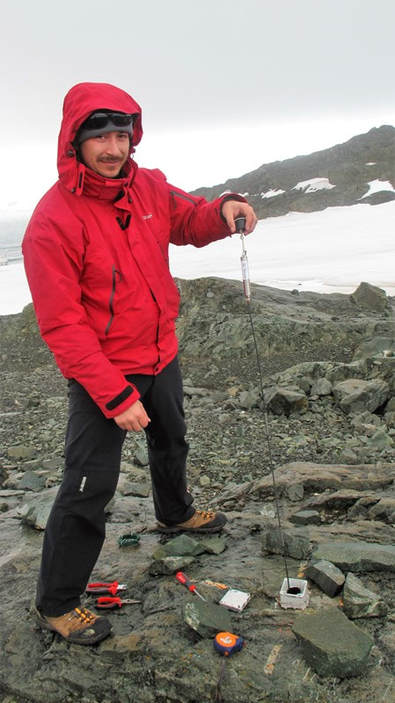 Gabriel setting up the new ground temperature sensors in one of our permafrost monitoring boreholes. Gabriel setting up the new ground temperature sensors in one of our permafrost monitoring boreholes. It’s Friday 2nd February 2018 and we are getting our equipment ready to go ahead with our first day of work on field. The purpose for this week is to walk up to the different permafrost and climate monitoring points that are already set up around Hurd Peninsula to do the maintenance of the equipment and renew the sensors of temperature inside the permafrost boreholes. This way, we will set up a new technology of sensors that can be read in sutu by wifi connexion to a computer, so this will save us the time of opening the installation to download the data logs sensor by sensor. In this new technology, the sensors need to be calibrated before installed in the boreholes, so we devoted a bit of time to this issue. We introduced the sensors in an ice and water bath in thermal equilibrium to 0°C, so after a couple of hours, we had enough measurements to calibrate the sensors, correcting its measurement error to 0°C. Once the equipment is ready, we suit on our snow rackets and start walking uphill to reach the monitoring points. First stop is the meteorological station, right behind the base, followed by the monitoring sites located further away in the Slope Ohridski and Papagal sites. Here we download the data and renew the sensors of the different measurement devices: snow stacks, permafrost monitoring boreholes, air temperature sensors, ground surface temperature sensors, cameras, etc. By the middle of the week, we decide to go by zodiac to the other side of Johnson’s Bay, where our neighbour, the Spanish base “Juan Carlos I”, is located. From there, we are closer to reach the “Reina Sofia Peak”, where there are few more monitoring sites. Here, we find that the mast of one of the measurement stations has bended because of the strong winter winds and is currently fully covered by snow. The efforts to recover this monitoring site, along with the difficult meteorological conditions, makes this one of the hardest days working outdoors. In this first visit to Reina Sofía sites, we found few problems with the equipment related with batteries and software configuration that makes necessary to come back again to this place. Despite the odds, the best part of visit to Reina Sofia is having the opportunity to enjoy a hot grain coffee in the Spanish base, where Joan, the base commander, kindly received and showed us the new buildings after a recent refurbishment of this base.
I must admit that this week I feel so lucky to work in such a special environment and with this team, as we are always having fun. Moreover, staying in the Bulgarian base is being a pleasure; this guys always make as much as they can helping us with the day a day logistics and host us as three more members of the big family.
0 Comentários
Deixe uma resposta. |
DIÁRIOS DA CAMPANHA
|
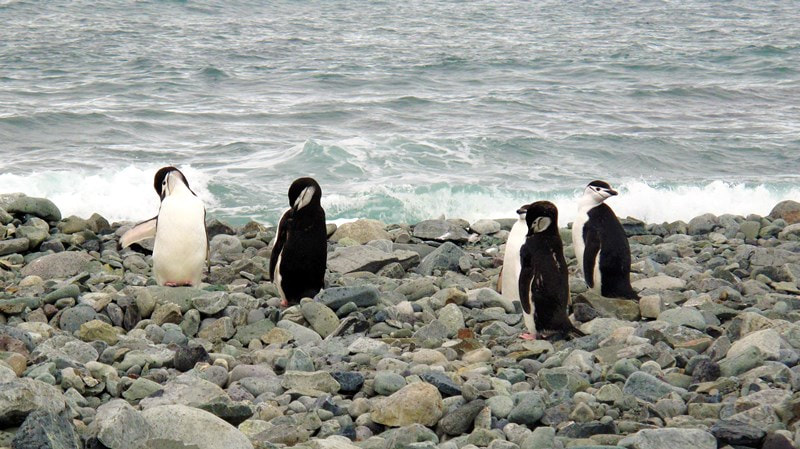
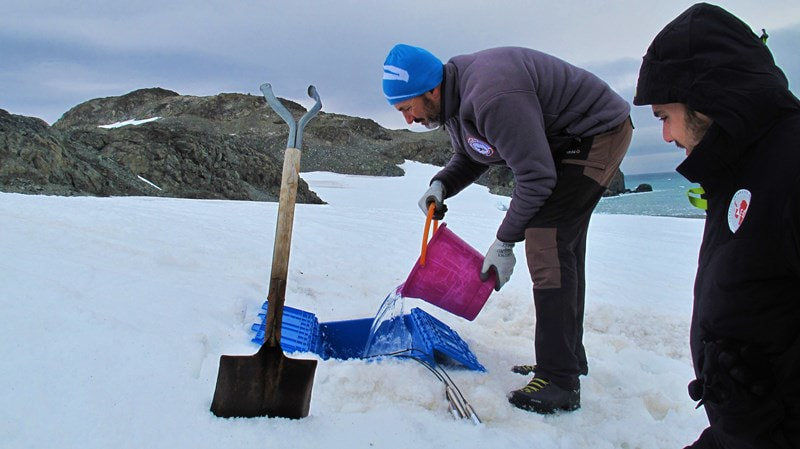
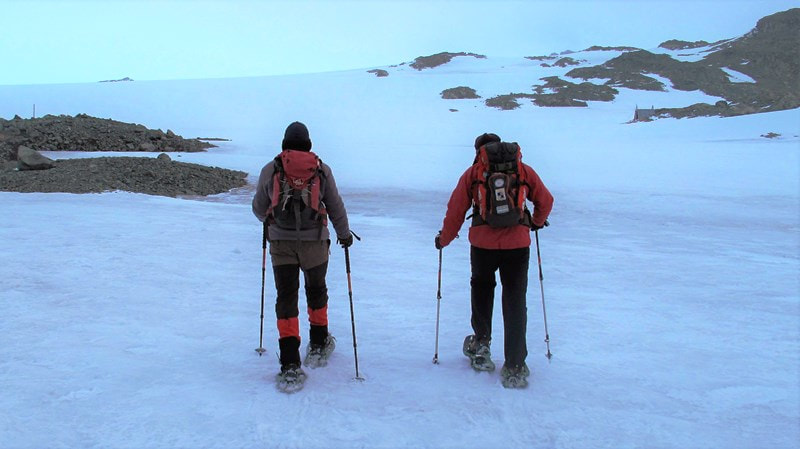
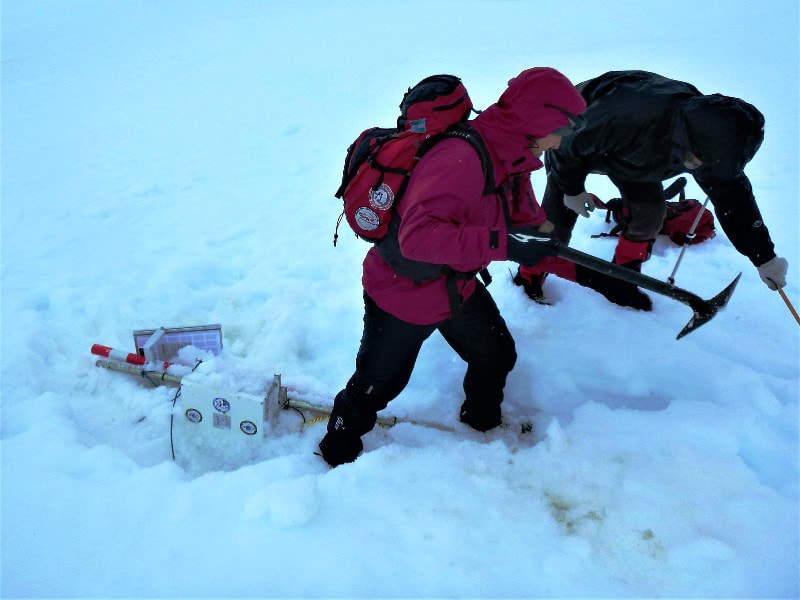
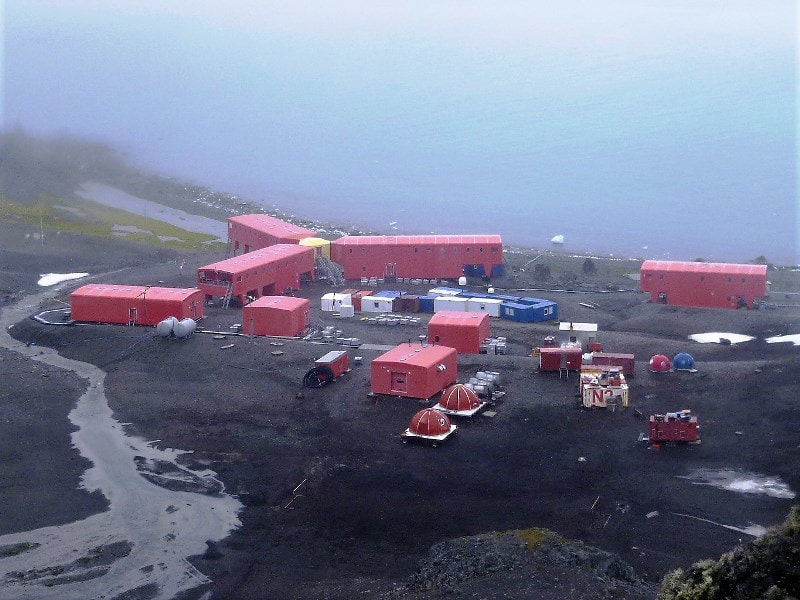
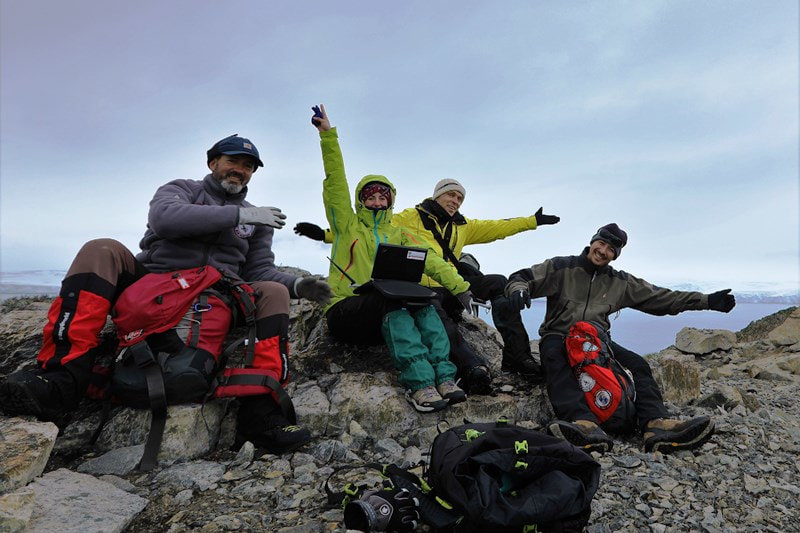
 Feed RSS
Feed RSS
